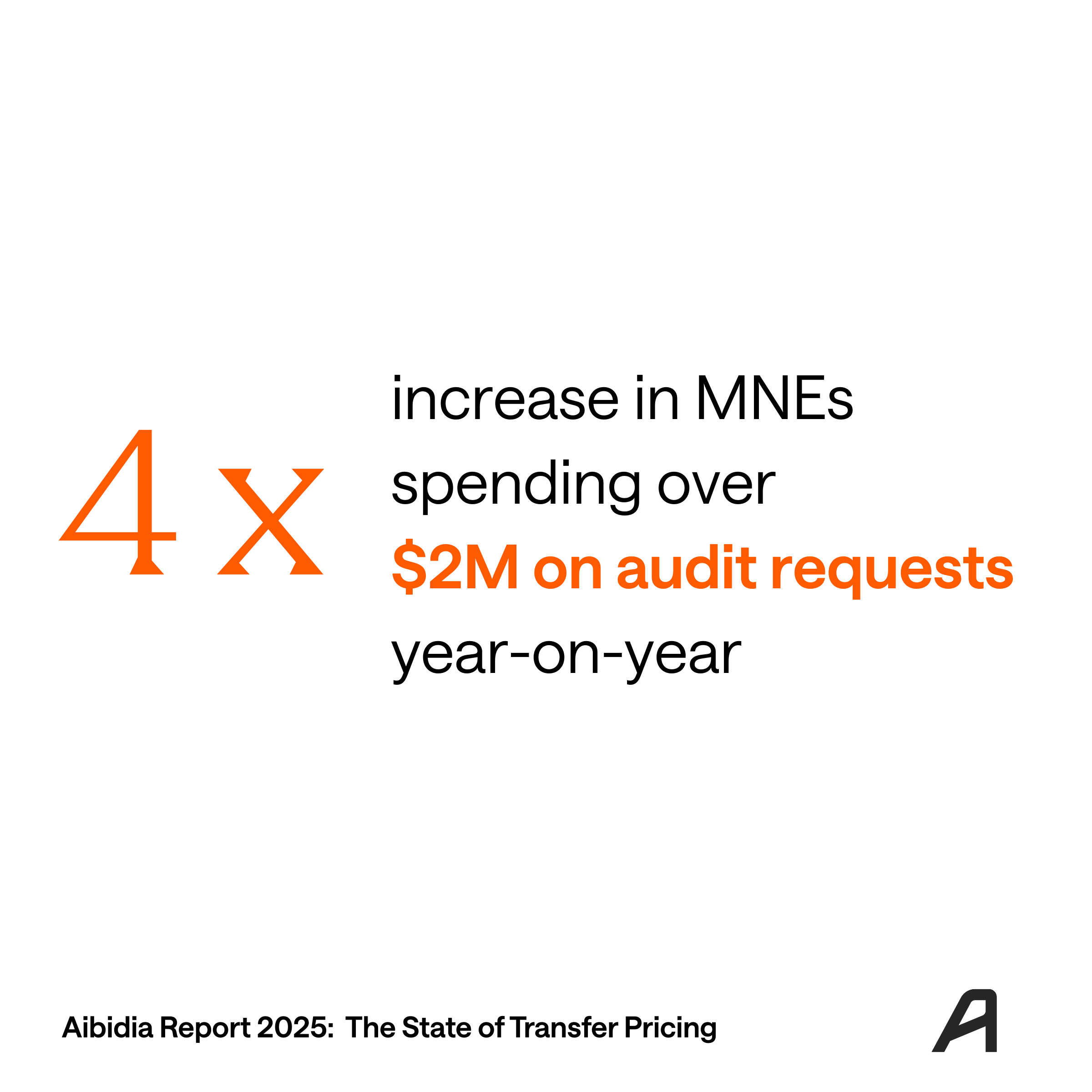Although the OECD provides OECD Transfer Pricing Guidelines for Multinational Enterprises and Tax Administrations (“OECD Guidelines”), annexed with the three-tier TP documentation requirements, many countries still have not fully implemented the documentation standard. They also have diverse interpretations of specific TP methodologies or stipulate additional regulations in addition to the standard OECD rules.
Accordingly, no “one-for-all” TP report can legally satisfy all the jurisdictions where the MNEs have TP compliance obligations. Therefore, instead of preparing a general TP documentation and putting your business at non-compliance risk in some countries with specific requirements, localizing your TP reports to comply with each local requirement is necessary. Therefore, the utmost question we will be discussing in this article is, in what aspects of the country-specific requirements local TP legislation can differ from one another?

1. Addressing TP Methodology Variations
The TP methodology is the first aspect that the local-specific TP compliance may deviate from the OECD standard. This is to say, countries may have the same TP content requirement, but how they interpret it may differ. For example, the OECD Cost Contribution Arrangement (“CCA”) is practically referred to as a Cost Sharing Arrangement (“CSA”) in the US.
However, in terms of the scope and applications, the CCA is defined broadly as a framework, whilst the CSA is defined more narrowly as an agreement in which MNEs are required to include standard provisions and specify the participants’ exclusive geographic rights in the developed intangibles covered. In addition, the CCA can also cover the costs of various services, including non-technical activities such as management and administrative services (so-called “Services CCA”). By contrast, the CSA only focuses on the R&D of intangibles. Moreover, in terms of the valuation of the cost-shared contribution, the CSA generally accepts a valuation at cost. By contrast, the CCA tend to be valued at market price (i.e., including the profit elements) to comply with the arm’s length principle.
Another example is the simplified approaches to low value-adding intra-group services (“LVAS”). OECD provides guidance to help MNEs reduce the burden of documentation compliance on the qualified LVAS. For example, transactions involving LVAS may include a 5% mark-up on the allocated costs and such mark-up is exempted from the justification of a benchmarking study.
However, since OECD Guidelines is “soft law”, the extent and the scope of the applications of such a simplified approach may differ from country to country when the local tax administrations adopt the guidance into their local tax regulations. In addition, US legislation does not incorporate the OECD guidance on LVAS. Instead, it exclusively introduces the Services Cost Method (“SCM”), under which certain intra-group services (which overlap with the OECD LVAS) can be charged out at cost (i.e., without a mark-up) in certain circumstances.
Therefore, it is critically important to ensure that the documentation prepared aligns with local TP methodology variations (if any).
2. Fulfilling TP Content Requirements
The second aspect is the content requirements. Most countries (particularly OECD member countries) tend to incorporate the recommended TP documentation annexed in OECD Guidelines into their local TP documentation legislations. Nevertheless, the local tax administrations may have their interpretations and thus may require different or additional information to be included in local TP documentation. Here are a few examples:
- Industry and market analysis in which the taxpayer operates (e.g., Egypt, Poland, Taiwan, etc.);
- More detailed entity description, such as the history and evolution of the taxpayer (e.g., Ethiopia, Jamaica, Malaysia, etc.);
- Description of the financial arrangements between the taxpayer and the unrelated parties (e.g., France, Germany, Peru, etc.);
- Value chain or value creation analysis (e.g., Guinea, Nigeria, Sri Lanka, etc.);
- Segmented information on financials or headcount (e.g., Argentina, Bosnia and Herzegovina, China, etc.);
- More detailed description of the comparables searches undertaken, such as the reasoning for accepting/rejecting the comparables (e.g., Kosovo, Mexico, Uruguay, etc.)
The above is merely a glance at how the local content requirements can differ from the OECD guidelines. Recently, we published a post with more examples of unique country-specific requirements. Also, some tax administrations (e.g., New Zealand) share their opinion about “good documentation packages”, which can be viewed as a “soft law” on documentation requirements.
Therefore, it is important to review local documentation content requirements and ensure the local file and master file are meeting them.
3. Preparing Additional TP Compliance Reports and Forms
The third aspect relates to any specific form or document other than the typical three-tiered TP documentation, which some regimes may additionally request.
The most common type is the TP forms (sometimes also called “TP returns”, “TP disclosures”, etc.), in which specific information concerning ownership and related parties’ transactions is required to be disclosed. Such form is usually required to be lodged along with the annual tax return. TP forms are implemented in most countries with the active TP regime, e.g., the US, Canada, France, Poland, Israel, etc. More information about TP forms can be found here.
Another type of additional document is sworn statements (sometimes also called “sworn declarations”, “affidavits”, “oaths”, etc.), which obligate taxpayers to recite that, e.g., the description of the local entities, the controlled transactions between the related parties, the TP policy of the group, and any other information provided to the tax authorities are bona fide, sometimes along with a signature of a licensed auditor. Such statements are usually required at the same time as presenting TP documentation and/or TP form. Sworn statements are implemented in many Latin-American countries such as Argentina, Bolivia, and Chile but are also requested in other regions, such as Saudi Arabia.
Therefore, it is often not enough to have your local file and master file ready – preparing local-specific TP reports and forms maybe equally (or even more) important.
4. Considering Administrative Aspects
The fourth aspect concerns the administrative perspective of TP filing obligations. This includes the accepted language of the documentation; whether to submit or prepare the documentation within a given timeline or only present the documentation upon the request; the threshold/materiality of documenting the transactions; whether the documentation has to be prepared in a specific format; sorts and amounts of non-compliance penalties, and so on.
As regards the documentation language, although English is by far the most practical language used in transfer pricing documentation, local tax administrations may require the documentation to be prepared in the local languages. Noticeably, there are countries that, by law, require the documentation to be ready in the local language. Still, in practice, the tax administrations generally accept the documentation in English (e.g., Germany). On the other hand, some countries state in their tax law that the documentation can be prepared in English; however, the tax administration has the right to ask for a copy of the documentation translated into the local language (e.g., Georgia).
Regarding the preparation/submission of the documentation, most tax jurisdictions require the taxpayers to prepare their TP documentation contemporaneously, but only to make it available in case of tax administration requests. The timeframe to respond to the tax authorities’ request, by law, can range from 7 days (e.g., Poland) to 90 days (e.g., Canada or Latvia). However, some jurisdictions require the TP documentation to be submitted proactively within a deadline.
As regards the thresholds of preparing the TP documentation, local tax authorities may consider many aspects to determine the thresholds in their jurisdictions, including the volume and the characteristic of the controlled transactions; the turnover, total assets, the headcount, and the characteristics of local operating entities; as well as the group revenue and specific features of the MNE group. Noticeably, some countries do not have materiality limits (e.g., the Czech Republic, which also requires the domestic transactions to be documented) and countries that provide a simplified approach for SMEs (whose revenues and/or the headcount have not met the thresholds) to be fully or partially exempted from preparing the TP documentation.
Regarding the formats, the TP documentation is generally acceptable in any convenient format and usually only requires certain content elements to be included. However, a few countries specify the format of the local TP documentation. For example, Italy requires the documentation to be prepared in a specific structure with specified contents to receive a penalty protection regime. In addition, although Brazil has not implemented Master File nor Local File, it requires taxpayers to provide information through an electronic tax accounting bookkeeping application (i.e., ECF), which partially covers the OECD-aligned scope of Local File and CbCr report. Moreover, Australia and Belgium require the documentation to be filed in a table format through their e-filing systems, using XML files.
Regarding the penalties, most tax authorities have adopted documentation-related penalties to ensure the efficient operation of transfer pricing documentation requirements. Generally, they are designed to make non-compliance more costly than compliance. The most common type is an administrative penalty which usually involves monetary sanctions (e.g., fines, interests, etc.) in cases of incomplete, incorrect, late or missing TP documentation. Noticeably, although not common, failing to comply with TP obligations in some countries (e.g., Malaysia, Singapore) may lead to imprisonment in cases of deliberate incompliance, a considerable amount of understatement of tax liabilities, and refusal to pay fines or tax fraud. On the other hand, there are also tax jurisdictions that don’t have specific transfer pricing documentation penalties but provide penalty protection in case the compliant documentation is prepared and delivered (e.g., the US).
Checking the local administrative aspects of transfer pricing documentation compliance is therefore critical and allows for avoiding penalties and unnecessary friction.
Conclusion
To sum up, although OECD TP Guidelines are usually deemed as “the Bible of Transfer Pricing” and many local TP regulations tend to refer to the OECD Guidelines, due to the complexity and inconsistency of each country’s TP regulations, there is nevertheless no “one-size-fits-all” solution to cover all local regulations. Although some feasible solutions to address the discrepancy of country-specific TP obligations are already available on the market, such as outsourcing the TP process or applying for APAs, there are always two sides to them. One of the most optimal solutions would be to digitalize your TP compliance work and ensure better localization of TP compliance documentation.
How does Aibidia solve the localization problem?
Aibidia’s flagship solution, the Digital TPDoc, is the application that allows preparing the OECD-compliant local files and master files. However, recognizing the complexity of country-specific administrative and content requirements, we have developed specific features to ensure our users have all instruments to prepare both OECD and locally compliant documentation. Here is how we deal with this:
1) Flexibility – we ensure that our solution allows including all locally-required information (“data points”) on the platform and generates the documentation that would have it in the right places. For example, while OECD standard local file does not explicitly require industry analysis, it is still quite common to require it in many countries (e.g., Poland). For example, if the user wants to provide entity-level analysis, this can be done in a legal entity description. For the transactional-level information, it can be included in the TP model description (for example).

2) Transparency and availability – while we developed a solution that is flexible enough to tackle local requirements, this is not enough. We also want to ensure the user is fully equipped with up-to-date knowledge of what is required in various jurisdictions. That’s where the Localization feature comes in. It gives a complete overview of a local-specific master file and local file requirements and how our solution helps to fulfil them.

3) Hyper-localization (in progress) – we are currently tailoring our solution to be able to generate readily-made fully-compliant local TP documentation for countries that deviate from the OECD standard. This would include generating the documentation in a local language, with additional data points and referencing to local legislation. Stay tuned for the updates!





%20(2).png)



.png)

.png)
.png)






.svg)
